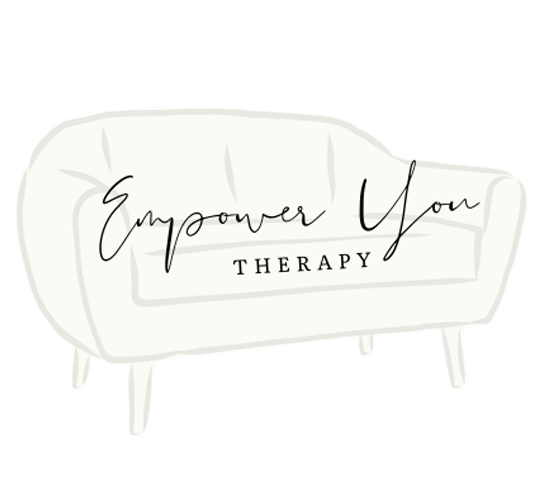OCD: Symptoms and Diagnosis
Obsessive-Compulsive Disorder (OCD) is a mental health condition characterized by unwanted, intrusive thoughts (obsessions) and repetitive behaviors or mental acts (compulsions) that an individual feels compelled to perform. These obsessions and compulsions can significantly interfere with daily life, causing distress and impacting functionality. An OCD diagnosis typically requires the presence of these symptoms for a considerable part of the day and causes significant distress or impairment in social, occupational, or other areas of functioning.
Top 15 Tips from an OCD Therapist in Utah
Tackling OCD can seem overwhelming, but even small steps can lead to significant progress over time. Here are 15 tips from an experienced OCD therapist in Utah to help manage symptoms at home:
- Mindfulness Meditation
- How It Works: Practicing mindfulness helps you become aware of your thoughts without trying to change or judge them.
- How to Do It: Set aside 5-10 minutes daily to focus on your breathing, acknowledging obsessive thoughts without attachment.
- Long-Term Outcome: Mindfulness can reduce anxiety and help you establish a more peaceful relationship with your thoughts.
- Gradual Exposure
- How It Works: Gradual exposure involves facing your fears in a controlled and systematic way to reduce anxiety over time.
- How to Do It: Start by listing your fears and slowly exposing yourself to them, starting with less anxiety-provoking ones.
- Long-Term Outcome: This can decrease avoidance behaviors and reduce the power of obsessions.
- Cognitive-Behavioral Strategies
- How It Works: These strategies help challenge and change unhelpful thoughts and beliefs.
- How to Do It: Identify an obsession, analyze the evidence, and restructure your thoughts to be more functional.
- Long-Term Outcome: Over time, CBT can decrease the severity and frequency of obsessive thoughts.
- Limit Reassurance Seeking
- How It Works: Reassurance seeking reinforces compulsions over time.
- How to Do It: Challenge yourself to decrease your reliance on others for reassurance gradually.
- Long-Term Outcome: Builds confidence in managing intrusive thoughts independently.
- Establish a Routine
- How It Works: Routines minimize anxiety that comes with uncertainty.
- How to Do It: Create a daily schedule that allocates time for self-care and relaxation.
- Long-Term Outcome: Provides structure, reducing the likelihood of compulsions taking over.
- Practice Acceptance
- How It Works: Accepting the presence of intrusive thoughts without reacting diminishes their power.
- How to Do It: When an intrusive thought arises, remind yourself that thoughts don’t define you.
- Long-Term Outcome: Reduces the need to perform compulsions for relief.
- Physical Exercise
- How It Works: Exercise helps reduce stress and anxiety levels.
- How to Do It: Incorporate regular physical activity like walking or yoga into your routine.
- Long-Term Outcome: Promotes overall mental health and decreases symptoms of OCD.
- Limit Time Spent on Rituals
- How It Works: Gradually limiting ritual time reduces dependency on compulsions.
- How to Do It: Set a timer when engaging in a compulsion and decrease the time spent weekly.
- Long-Term Outcome: Breaks the cycle of compulsive behaviors.
- Journaling
- How It Works: Writing your thoughts helps process and release obsessive content.
- How to Do It: Dedicate a few minutes daily to jotting down your experiences and feelings.
- Long-Term Outcome: Provides clarity and reduces emotional distress related to obsessions.
- Educate Yourself About OCD
- How It Works: Understanding OCD diminishes its mystique and power.
- How to Do It: Read books, attend workshops, or listen to podcasts on OCD.
- Long-Term Outcome: Greater awareness fosters empowerment and strategic management of symptoms.
- Stay Connected
- How It Works: Social support offers reassurance and distraction from OCD symptoms.
- How to Do It: Reach out to friends or group support regularly.
- Long-Term Outcome: Cultivating relationships promotes resilience and mental health.
- Practice Deep Breathing
- How It Works: Deep breathing reduces stress and anxiety naturally.
- How to Do It: Practice deep, slow breaths for a few minutes each day.
- Long-Term Outcome: Calms the nervous system, reducing symptom severity.
- Set Realistic Goals
- How It Works: Goal-setting provides focus and motivation for recovery.
- How to Do It: Break large tasks into manageable steps and celebrate progress.
- Long-Term Outcome: Building success reinforces recovery and reduces OCD symptoms.
- Challenge Your Comfort Zone
- How It Works: Leaving comfort zones encourages growth and adaptation.
- How to Do It: Regularly engage in new experiences that break routine.
- Long-Term Outcome: Expands coping skills and enhances resilience.
- Seek Professional Help
- How It Works: An OCD therapist in Utah can offer personalized strategies and support.
- How to Do It: Schedule a session with a trained OCD therapist in Utah for comprehensive care.
- Long-Term Outcome: Professional guidance can significantly enhance the management and reduction of OCD symptoms.
By implementing these tips, you can actively manage OCD symptoms at home. For further support, consider reaching out to an OCD therapist in Utah, who can help guide your recovery journey with personalized strategies and effective treatment plans. Remember, progress takes time, but with patience and perseverance, you can achieve lasting change.
Check out our expert therapists by clicking here. Schedule a consultation with us by clicking here.
Therapist Draper
Therapist Draper. Counseling in Draper Utah, Counseling Draper







